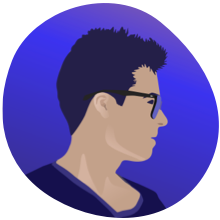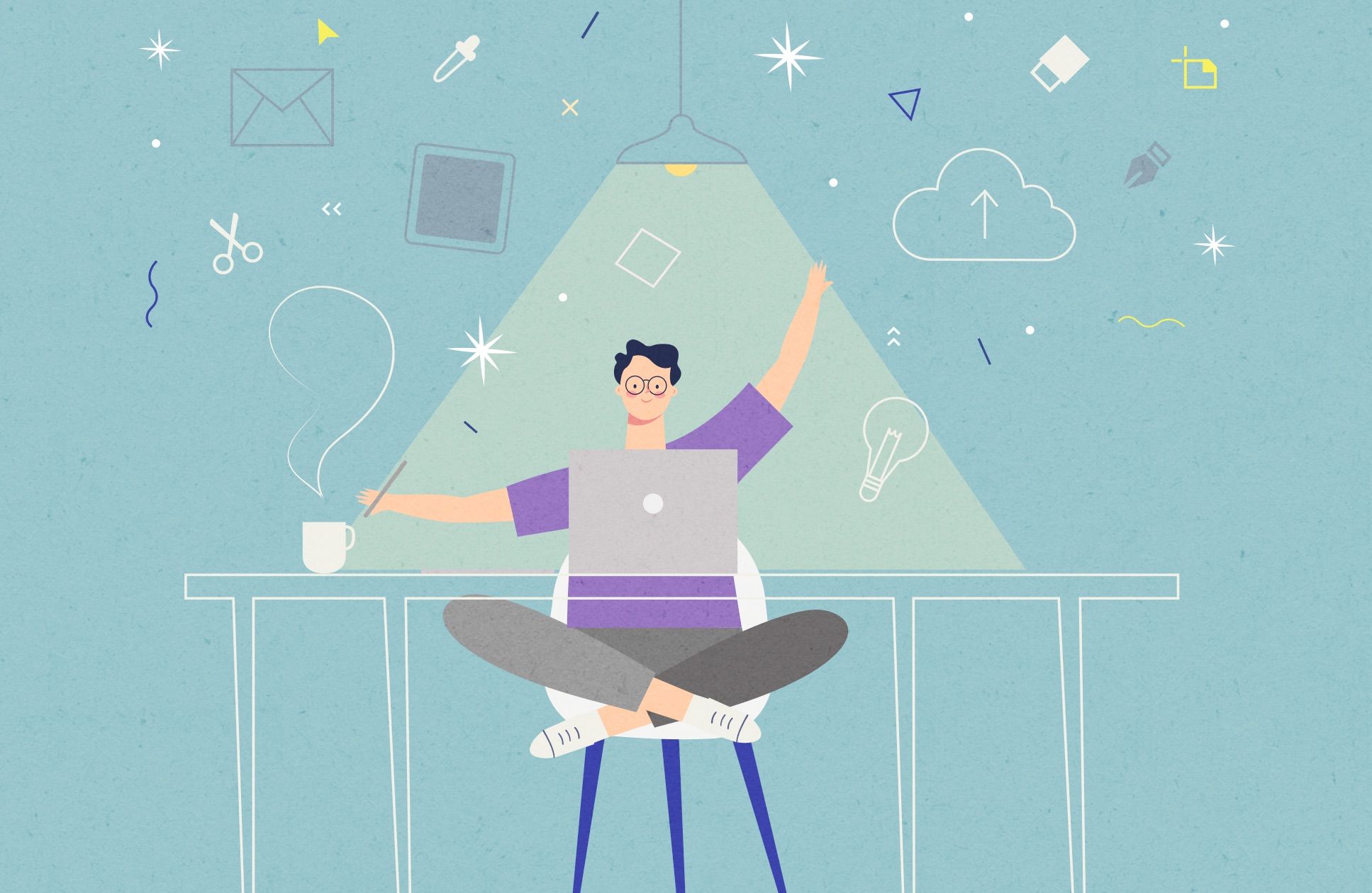Why Product Designers Bring More Value To a Project


First, I want to explain the Product designer title and how it is different from other designers, and especially UX/UI designers.
Who is a Product Designer?
Product designer has knowledge and experience in more than one area. You can say that a Product designer has several identities. I’ll list some of the leading roles, but there can be more, which usually depends on the project.
User Experience Designer
UX Designers are in charge of how a product feels, and its logic. In addition to this, they do user research and user testing. They know how things work in web and/or mobile apps and use this knowledge not to reinvent the wheel and do not make people overthink when they use a product. Basically, it’s all about the experience of using a product.
Interaction Designer
Designers in this area work on behaviors of the product in different use cases. Most of the time, the work of the interaction designer includes interface responsiveness and possible animations that would help to use the product. They think about what interface does after a person touches it, speaks to it, or even looks at it.
User Interface Designer
Also, it can be called a visual designer that works on interfaces. The main focus of UI Designers is in typography, colors, space, shapes, texture, buttons, headers, images, icons, illustrations, etc. It’s all about how the product looks.
Information Architecture
This is about how a product is structured and the organization of the content. IA specialist works on user flows, structures of the app, or a website, basically, how a person gets from A to B in the product.
Some of these responsibilities overlap each other. The truth is, a Product Designer may be responsible for some of the disciplines above and some more not related to design, like product management, marketing materials like landing pages and email templates, keynote presentations, ongoing graphics, etc.
How Is Product Design different than UX/UI Design in terms of job search?
Projects vs. Jobs
I think the key is to look for projects, not jobs. The main point is that projects have value, whether tangible or intangible, so if you focus on projects instead of jobs, you have a better chance to work on something interesting for your income. You can put it in your portfolio in the form of a case study.
The problem with design jobs is that you can do a variety of mini projects or even tasks related to different projects, and the best you can do is to explain it somehow in your CV that you worked for that agency and did a bunch of stuff. However, it’s hard to explain that you achieved any results with your work because you did small pieces of work. Often this type of work is highly micromanaged, which is ok if you are a beginner and focus only on specific skills.
Many clients and companies sometimes do not exactly know what type of designer they’re looking for. So a person responsible for the hiring process does quick research and publishes a job ad with whatever they came up with.
You can usually find jobs with a title that someone is looking for a Web Designer, but they need a full-stack development for their website or even a web app. Another example is UI Designer working on wireframes, which is the work related to UX Design. Sometimes it can be as funny as Photoshop specialists to create product wireframes or a user interface. It may not sound apparent at first, but there is a solution.
Try to ask value-based questions in cases like this to understand why someone is looking for a designer. What problem do they want to solve? And questions like this. That’s how you can understand the actual need behind the job ad. Focus on the project, not the responsibilities.
Is product design more profitable?
In my own experience, when I start working with a new client, we can do a small project to understand better what we can do next and improve a business. It can even be related to the design of web pages. After that, we can work on the product itself, including User Experience, Information Architecture, Interactions, etc.
As you can see, we started with one discipline, Web Design, and ended up with the Product Designer role.
Yes, you need to know more, have more experience in wireframing product features, fixing an existing interface, drawing graphics like illustrations and icons from time to time, and even working on animations, which can be sometimes overwhelming if you are constantly switching from one discipline to another. However, that’s something that brings much value to the project and client. And guess what, you’re someone who creates this value and works on a product as a whole project. You’re not a cog in the mechanism, and it’s hard to replace you with someone else if you’re in a position like this.
All of that means that you can charge a lot more for your services than a designer responsible for only one type of work, like illustrations, icons, or wireframes.
Yes, some of you might say that old phrase: “Jack of all trades and master of none.” But guess what, it’s old and doesn’t work in our reality anymore. From my own life experience, it’s hard to deal with people narrowed in one particular specialty. One question out of their range can cause a system error, and it can look like it’s impossible to do it at all. I’m not particularly eager to go to places like pizza and sushi, but I like that sushi place to have a dessert menu, and they don’t send me to a different cafe to have one.
You don’t need to cover all the jobs within the project, but Product design is worthwhile to work on as a whole piece.
I hope you have cool thoughts after reading this short post on Product design and the benefits of doing more than only one specific thing.
I'm going for a short vacay for 2 weeks, but I'll be back with more fresh ideas, blog posts, and slightly renovated blog due to the launch of my startup - blogging platform.